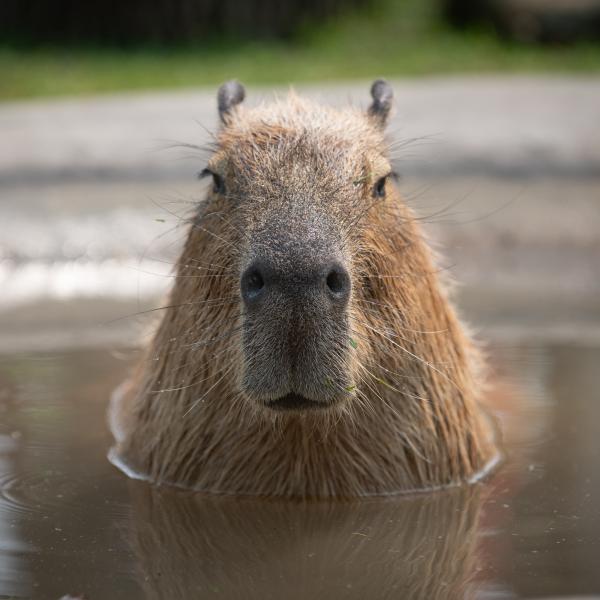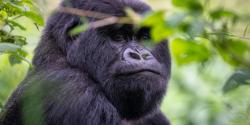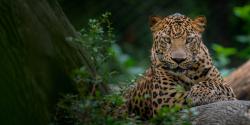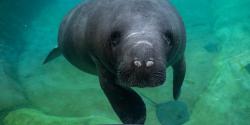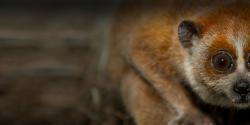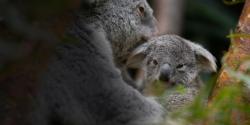Capybaras are the largest rodents in the world! They are closely related to other rodents native to South America, including guinea pigs.
These semi-aquatic rodents are great swimmers and may occasionally sleep in the water.
Scientific Name: Hydrochoerus hydrochaeris
Conservation Status: Least Concern
Size: 1.5 ft. tall at the shoulder and up to 4 ft. in length
Weight: 77 to 150 lbs.

